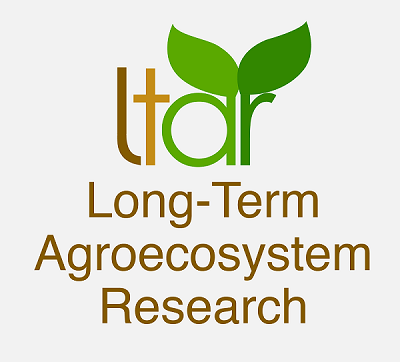By: Dawn M. Browning | 04/07/2020 USDA-ARS, Range Management Research Unit, Las Cruces, NM

Meeting growing and changing demands for food and agricultural products requires models and forecasts that accurately characterize hydrology-soil-climate interactions and are scalable across diverse production systems. Phenology, or timing of seasonal events (in this case for plants), is the product of the different abiotic drivers and is thus a vital metric to study. Remotely sensed data, such as satellite images, are key to tracking land surface phenology. This project seeks to use well-established phenology metrics to quantify scaling relationships between multiple remote platforms such as eddy-covariance towers, near-surface digital cameras or PhenoCams (see figure), and satellite imagery at diverse U.S. agroecosystem sites as part of the ARS Long-Term Agroecosystem Research (LTAR) network.
The working group, led by Dawn Browning, includes ARS researchers as well as multiple University collaborators and was formed in 2019 with an inaugural workshop in Las Cruces, NM to devise collaborative workflows on the SCINet high performance computing (HPC) system, Ceres. The group convenes monthly for teleconferences led by Dr. Browning and plans to convene an annual workshop for the length of the project. The first presentation of the group’s research was presented at the 2019 AGU Fall Meeting in a talk titled “Phenology in U.S. agroecosystems – Integrating data from the Long-Term Agroecosystem Research (LTAR) Network” and on-going collaborative efforts are underway.
Currently, the group is evaluating the performance of a coupled vegetation-hydrological model that uses PhenoCam data as a proxy for primary productivity. The first formal report from this project effort will be submitted for peer review this summer.
SCINet Note: We use CERES to build models to forecast future trends in grassland productivity. Model building is an extremely resource intensive operation. We must test millions of combinations of parameters affecting plant, soil, and environmental interactions to identify the best combination to apply to future climate scenarios. With CERES, we can iterate through different models in hours rather than the weeks it would take on desktop computers.

